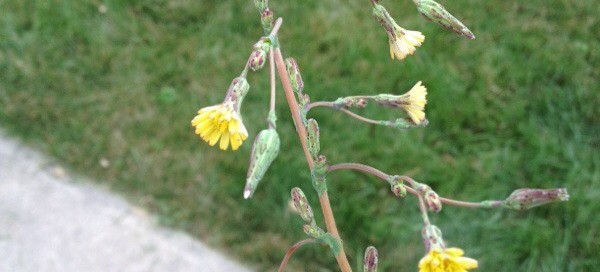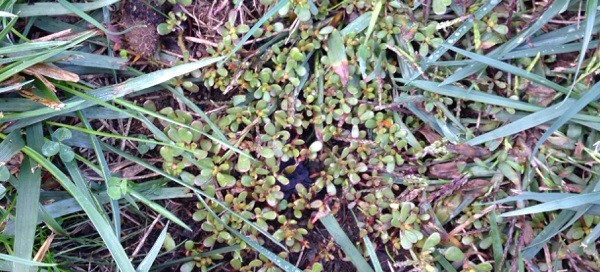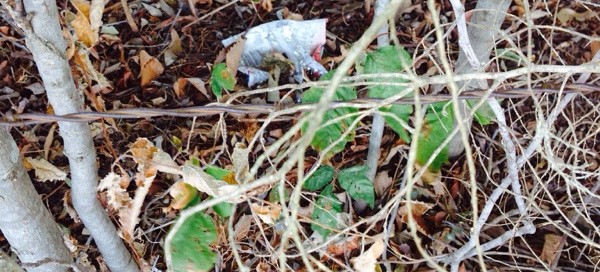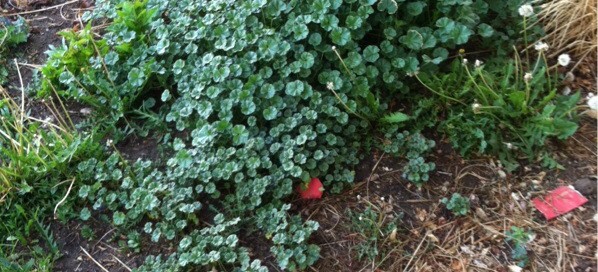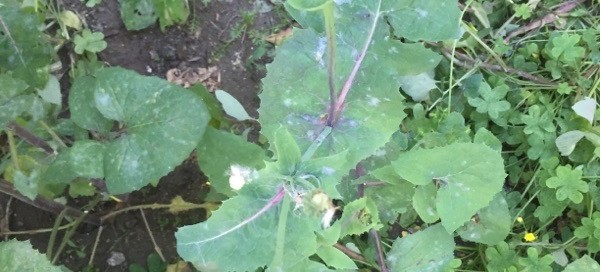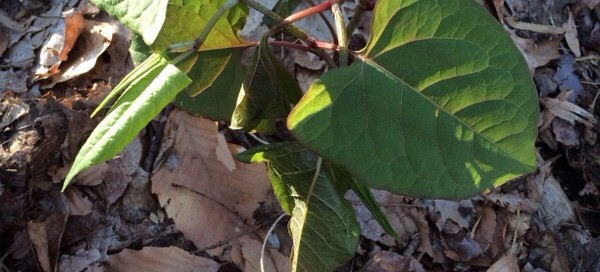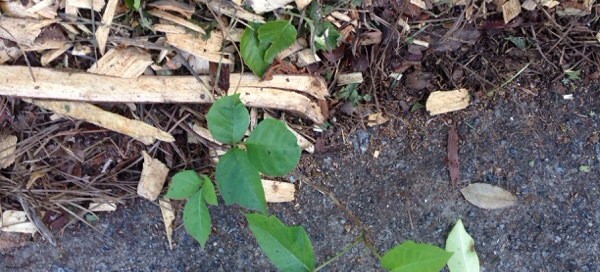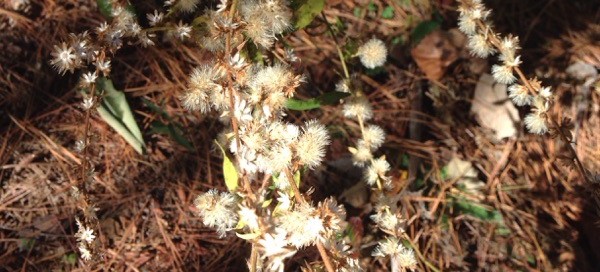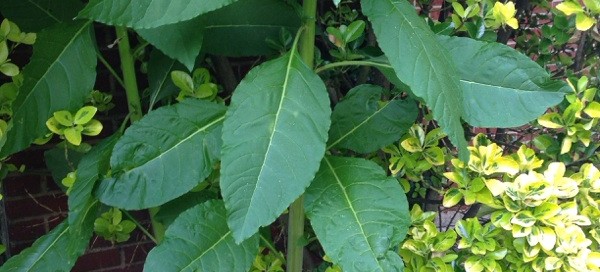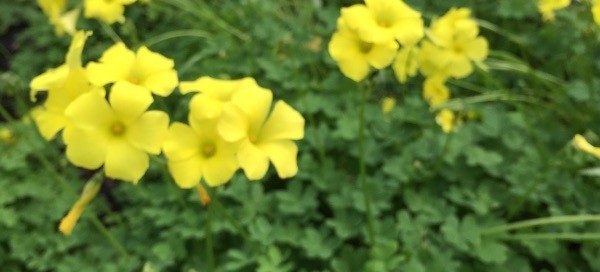Weed
Unfortunately we cannot identify this plant for you at this stage of its development, but we believe it is a weed. If you didn't plant this, chances are its a weed from a wind blown seed or bird dropping. If it is growing in your garden bed we suggest you pull it out so it doesn't compete for light, nutrients and water with your other cultivated plants. If you have the room and want to watch it grow leave it be; just remember once it is done blooming it will begin to drop seed and disperse throughout your garden. Suggest you show your photo and a sample of the plant to a horticulturist at you local garden center or weed specialist at the university cooperative extension service to see if they can help identify for you. If you find out, please let us know as this is how we learn as well.
